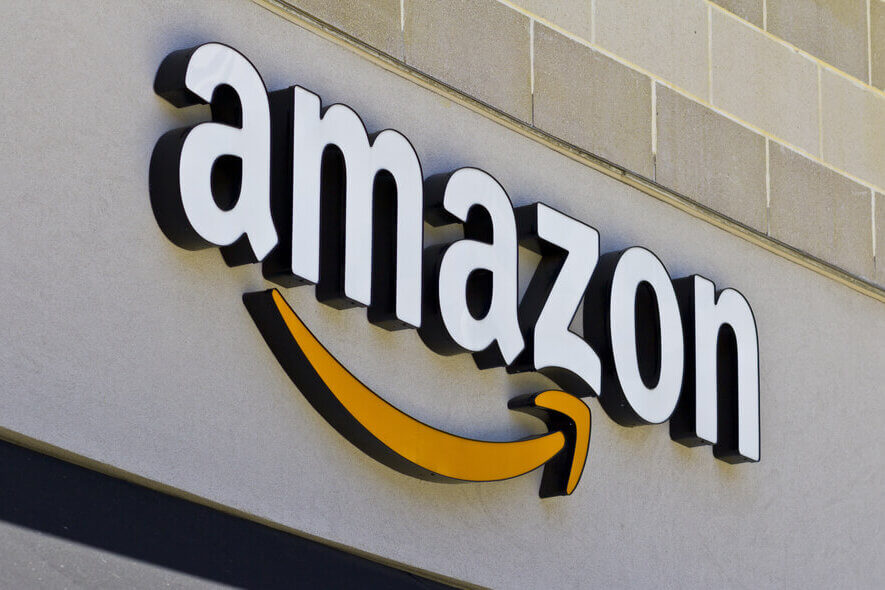Products are selected by our editors, we may earn commission from links on this page.

Amazon, the world’s second-largest employer, is preparing to make one of its biggest corporate reductions yet. The company plans to cut as many as 30,000 jobs, a figure representing nearly 10% of its white-collar workforce. What began as a temporary hiring surge during the pandemic has now turned into a moment of reckoning for the e-commerce giant.
The End of Pandemic Expansion

At the height of lockdowns, Amazon hired aggressively to meet soaring online demand, adding hundreds of thousands of workers to its fulfillment centers and corporate divisions. But as consumer behavior normalized, that expansion proved unsustainable. Executives now face pressure to correct what insiders call “pandemic overhiring” across multiple departments.
A Major Workforce Reshaping

The planned 30,000 job cuts will hit corporate teams across human resources, devices, services, and operations. The reduction follows smaller layoffs over the past two years, as Amazon seeks to streamline and refocus its sprawling operations. Managers have already undergone training on how to deliver layoff notifications, signaling that the process is imminent.
Bureaucracy and Efficiency at the Core

CEO Andy Jassy has framed the cuts as part of an effort to “reduce bureaucracy” and speed up decision-making. Amazon’s leadership reportedly believes that a flatter structure could restore efficiency lost during its rapid growth phase. The company has even introduced an anonymous internal feedback line to flag inefficiencies, leading to more than 450 process changes this year.
Automation Rising

Behind the restructuring lies a deeper transformation: automation. Jassy has acknowledged that Amazon’s increased use of artificial intelligence and robotics will replace thousands of routine corporate and operational tasks. Analysts suggest that automation gains may now be substantial enough to justify a “reduction in force,” a trend reshaping the broader tech landscape.
Balancing AI and Human Roles

Internal documents cited by Reuters and Forbes reveal that Amazon plans to automate up to 600,000 positions by 2033, signaling a long-term shift rather than a temporary correction. While AI promises cost savings, it also raises questions about the future of knowledge workers once considered insulated from automation. The cuts, analysts warn, could set a precedent across corporate America.
Human Impact Amid the Numbers

The layoffs represent nearly 10% of Amazon’s corporate workforce but just a fraction of its 1.55 million total employees. Still, for many affected workers, some of whom were hired during the remote work boom, the cuts mark a sharp turn from pandemic-era stability to uncertainty. Sources say employees who failed to return to physical offices are being told they “voluntarily quit,” eliminating severance obligations.
The Market Reacts

Amazon shares rose 1.2% following the news, reflecting investor approval of the company’s renewed focus on profitability. Analysts note that Wall Street has rewarded firms that show restraint after years of aggressive growth. The move echoes similar cost-cutting strategies at Meta, Google, and Microsoft, as tech’s post-pandemic correction continues.
Global Ripples

The cuts come as global employers face a cooling labor market and record-low hiring plans heading into the holiday season. While Amazon still expects to hire 250,000 seasonal workers, the juxtaposition of mass hiring and white-collar layoffs underscores a changing economy, one that prizes automation over expansion.
Looking Ahead

Jassy’s push to reshape Amazon’s workforce marks a defining moment in the company’s evolution. What began as a pandemic success story has transitioned into a case study in corporate recalibration. Whether this transformation restores agility or accelerates a future dominated by machines remains to be seen.
